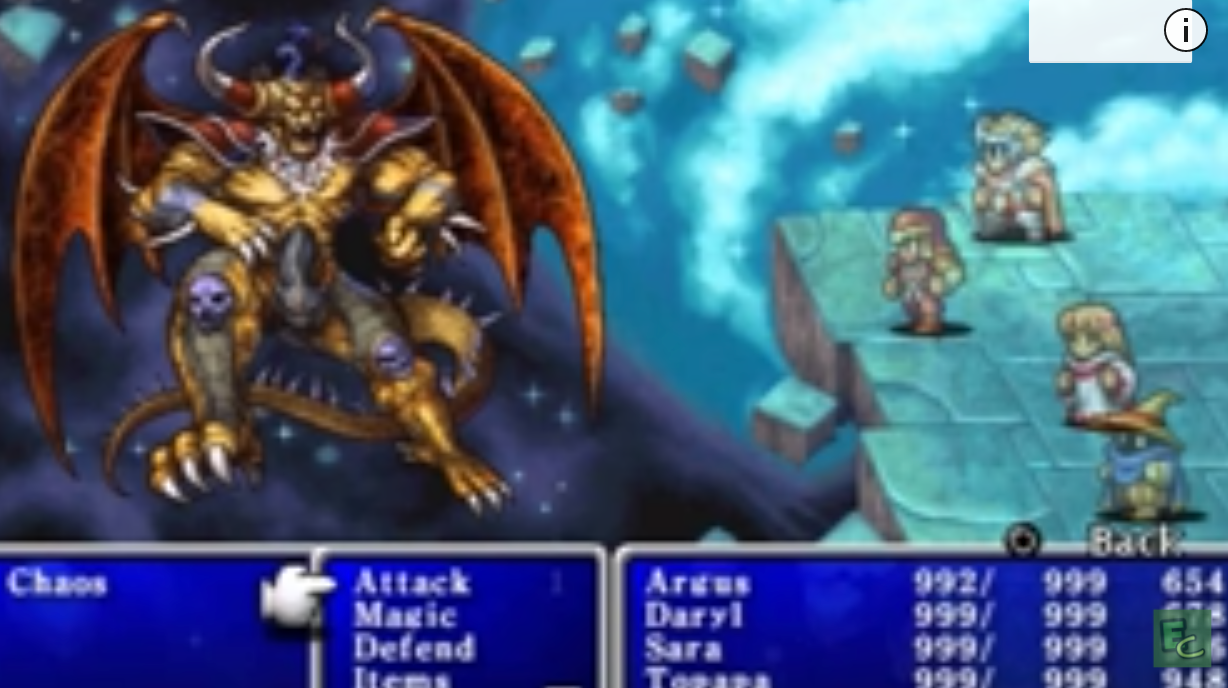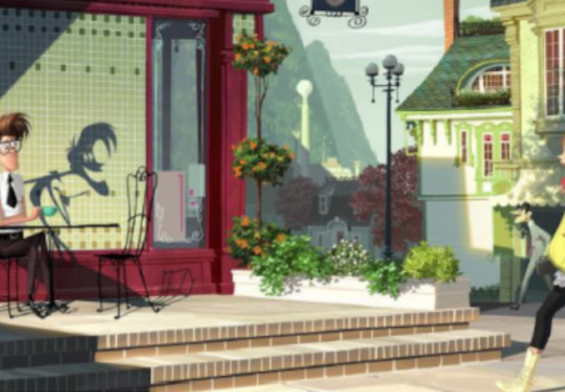When people talk about gaming, they usually talk about it as if it’s one monolithic thing.
It’s not.
It’s actually three monolithic things.
There are three distinct pillars that makeup what we offhandedly call game writing:
Plot, character, and lore

Not all games need to focus on all of these equally. In fact, some of the best written games come from teams realizing which of these their games should focus on, while some of the most expensive failures in game writing come from teams that never stop to separate these out and just try to deliver on all three!
And even in those rare cases where you knock it out of the park on all of them, it’s virtually impossible to do so without breaking your narrative down into pieces and thinking about which aspects of your game are going to be used to deliver which. So let’s define these three pillars of game writing.
Plot

People usually talk about Final Fantasy as if they were plot-driven games. But nearly every Final Fantasy game’s plot boils down to “A big bad threatens to destroy the world”, and a group of heroes band together to stop it.
Some are more slightly more complex, like in Final Fantasy10, where a young man gets teleported through time by an atemporal demon fish that has to be held at bay by religious rituals and sacrifice, but fundamentally, it’s big bad, end of the world, hero saves the day, ride chocobos off into the sunset. That’s basically the plot to most of them.
But the best Final Fantasies are the ones where the writers realized that games aren’t actually about plot; they are about the characters.
Characters

Character writing is the aspect of game writing that fleshes out the characters, focus on their lives and struggles. It’s the part that gives them personality. Makes them feel holistic and that makes them relatable or the people they want to be.
It’s the aspects that makes villains not just seem like props, and heroes not just be generic do-gooders. It’s moments like when you find out Mordin likes Gilbert & Sullivan, or that Kratos had a hard time embracing his son. As a writer, the interesting truth about these moments is that they often come at the expense of the plot. These sort of tiny touches, where characters sit around a campfire and talk about their dreams or their family, Don’t actually move the plot forward, which is completely fine as whole gamers can seem amazingly well-written, even with the paper-thin plot if they deliver characters to us we believe in and love.
But games do have a finite amount of narrative space, and it’s important as a writer to understand which pillar is the most essential to the experience you’re looking to convey.
Which brings us to the third pillar, lore.
LORE

Lore is everything that makes the world feel vibrant and alive. It’s the stuff that makes it feel like the world you are playing in existed long before your characters got there, and that it exists outside of whatever your characters are doing.
It’s the item descriptions in Dark Souls, the books in Skyrim, and the mouseover text in Battle-tech. It’s also a lot more than those, but we will talk about that as we answer this question.
What are the keys to delivering on each of the pillars well?
Most importantly, we have to realize that what people call ’game writing’ isn’t just about the written word. It’s everything from level design to combat mechanics, to how the characters look. What’s usually termed ‘game writing’ is actually equal parts writing and narrative design.
A game focus on Plot has to do one of these things: be a story you havn’t seen before, which actually is quite a lot of stories in the game world, such as firewach or Gone Home, have a twist a la Bioshock, or have something to say like This War of Mine. If it doesn’t meet one of the criteria, you are probably not making a plot-focused game.

Plot luckily has the most overlap with traditional writing. So if you are making a plot-centric game, just write a summary of your plot and share it with people. Do they think your twist is amazing, or your story novel or your tale meaningful? If not, it’s back to the drawing board. And while plot is perhaps the most divorced of the three pillars. If you are going to have a twist ending, and especially if there’s something you are trying to say with your game. Try to incorporate it into the mechanics as well. Papers, would be ineffective as a narrative, if it weren’t a narrative about knowing when to break the rules, told through a game entirely about strictly following rules, to add characters to your characters on your hand, it’s essential.
Every part of your team is working closely together from the get-go. A player’s first impression of every character is going to be the visuals. What do they look like? A bold warrior, an effete mage, a roguish space pirate? That look will guide your players first impression of them.
Along with that, how your characters move, how they dress, and how they hold themselves will say a lot about who they are. That doesn’t mean you shouldn’t ever play against type. In fact, you should a lot of time. But the visuals will still be a big part of defining what type you are playing against. No matter what you are doing though, your art department can literally save you thousands of words, when comes to giving personality to your characters. So make sure you are in sync with them. Next there is mechanics, we’ve talked about this before, but your players is going to spend a vast majority of the game not in text boxes or cutscenes, rather, they’re going to be out there doing things. What your character does says a lot about who they are. Imagine if Tracerhart Reinhardt’s mechanics. The character wouldn’t be remotely the same, along with that, think carefully about your voice steps, the things your characters call out during gameplay, those are not throwaway lines. Your players are gonna hear those more than anything else in the game. Lastly but most importantly, spend time thinking about who these characters really are, not just what they do or what their role is in your world, but who are they?
What are their hopes and dreams?
What are their failings?
Who was there before they got swept up into all of this?
What do they think about what’s going on?
Then think about how they would embody all those things. Do they speak out about their problems, or do they bottle things up? Do they act too quickly, or do they think about things too long? It’s the small details, not the broad strokes, that give characters character. So you have to find them.

LORE
If the game is more about being a part of a living world than actually having a traditional narrative, you simply have to find all the space you can to work lore in. This means not only item descriptions, in-game books, and loading screen text, the very world of your game itself needs to deliver that lore. Have a ruined castle? It can’t just be any ruined castle. It has to have a history and a reason for being in ruins, and your level design should reflect that.
Have a suit of armor from an old knightly order? Well, it better have their insignia on it.
And so better everything else that comes from that group, everything has to be specific, and consistency is key. This is where a story bible helps.
I’ve found that when delivering plot-or character-driven games. Writers at times actually get distracted by going too deep into the world, and come up with enormous backstories that they-ll never be able to deliver in-game. But if you can avoid that pitfall, and always remember that the player doesn’t actually know all the head canon that you’ve never actually show them, then story bibles are very helpful no matter what type of narrative you are creating. But in lore-driven games, they’re essential. Write out everything, know your world inside and out, put in as much detail as you can, and most importantly, put it together in some easily searchable way, so that anytime anyone on the project is working on anything, it all remains consistent.
So those are the three pillars of game writing: Plot, Character and Lore.
Almost every game will have some elements of all three, but I’d wager 80% of the games you’ve played that have great writing, really only focused on one or two.
Original YouTube video reference: The Three Pillars of Game Writing — Plot, Characters, lore.




